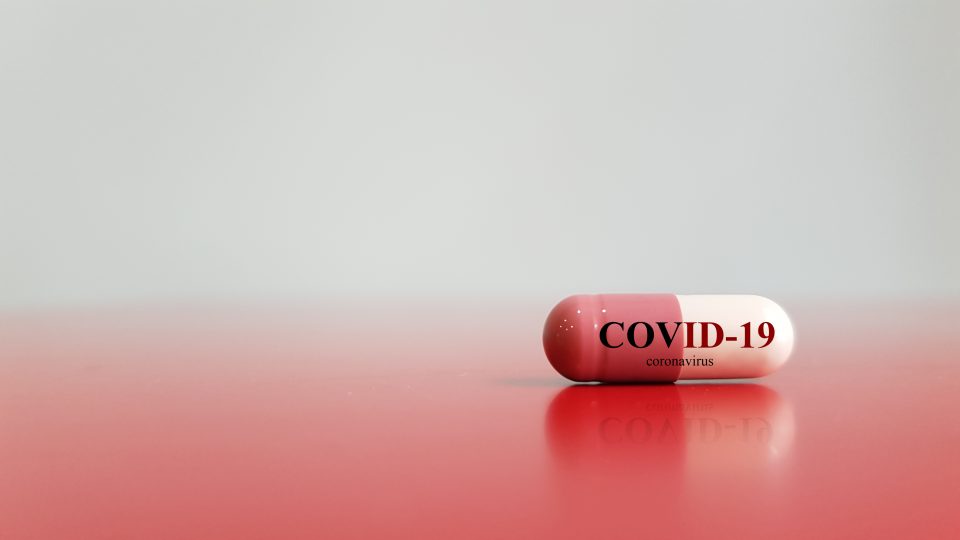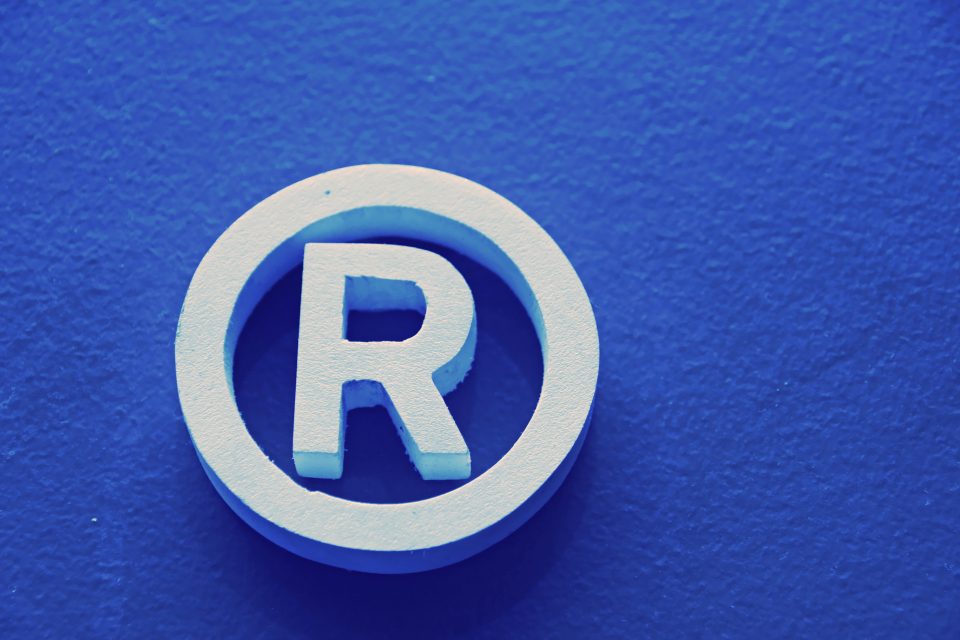The Long Odds Of Obtaining IPR Reversals On Issues Of Fact

By Steven Roth (Law360, February 11, 2020)
Obtaining a reversal of a decision of the Patent Trial and Appeal Board in an inter partes review is statistically unlikely — under 23% in 2019. And most reversals are based on an error of law, which the U.S. Court of Appeals for the Federal Circuit reviews de novo.
Here, we review the considerably more daunting task of obtaining a reversal on an issue of fact. In 2019, about 5% of IPR appeals were reversed on a factual finding. Yet the chances are improved with the right panel of judges.
Introduction
The Federal Circuit reviews the PTAB’s legal findings de novo and factual findings for substantial evidence.[1] A factual finding is supported by substantial evidence “if a reasonable mind might accept the evidence to support the finding.”[2]
Of the 170 Federal Circuit decisions in 2019 of IPR appeals, 132 of them (78%) were affirmed in totality, 91 of which were affirmed without opinion under Rule 36. The Federal Circuit reversed or remanded (in whole or part) 38 of the IPR decisions (22%), mostly on errors of law, with the most common legal error being on claim construction. Another common legal error is the failure to address secondary considerations if introduced.
Several PTAB decisions were remanded for failure to adequately explain motivation to combine for obviousness, failure to address all challenged patent claims and grounds, even if noninstituted per SAS Institute Inc. v. Iancu,[3] or, late in the year, based on the Arthrex Inc. v. Smith & Newphew Inc. decision.[4]
Reversals on an Issue of Fact
We identified nine Federal Circuit opinions that reversed IPR decisions based on lack of substantial evidence supporting a finding of fact, or about 5% of all appellate decisions reviewing IPRs. But even in those cases, some were actually reversed based on a subsumed issue of law.
For example, in PersonalWeb Technologies LLC v. Apple Inc.,[5] the Federal Circuit reversed an invalidity decision of the PTAB because an element in the claim the PTAB found was inherent in the prior art was not “necessarily present.” And in TQ Delta LLC v. Cisco Systems Inc.,[6] the Federal Circuit reversed an obviousness decision of the PTAB because it was based on expert testimony that was conclusory and unsupported.
Also, in Samsung Electronics Co. Ltd. v. UUSI LLC,[7] the Federal Circuit reversed the PTAB’s nonobviousness decision, finding that the PTAB errored by requiring the petitioner’s reasons for motivation to combine to be the same as the patentee’s.
In Polygroup Limited MCO v. Willis Electric Company Ltd.,[8] the Federal Circuit vacated the PTAB’s determination of nonobviousness because it failed to consider all sources of motivation to combine and because the PTAB required the prior art to be physically combinable.
And in Arctic Cat Inc. v. GEP Power Products Inc.,[9] the Federal Circuit reversed invalidity, finding that the claimed invention predated the asserted prior art because the inventor demonstrated reasonable continuity of work between conception and reduction to practice — the PTAB incorrectly required perfect continuity.
In as few cases, the Federal Circuit found no substantial evidence based on an internally inconsistent finding of fact. For example, in Polygroup,[10] the Federal Circuit found that the PTAB made internally inconsistent findings with respect to the feasibility of modifying the prior art.
And in Bosch LLC v. Iancu,[11] the Federal Circuit found that the board’s decision on the obviousness of a particular patent claim element was arbitrary and capricious as it was inconsistent with its finding that the same element in a different but related patent was not obvious over the same prior art.
Then we identified three cases in which the Federal Circuit disagreed with the PTAB’s reading and interpretation of the prior art.
In Virnetx Inc. v. Mangrove Partners Master Fund Ltd.,[12] the Federal Circuit found that the PTAB misdescribed the prior art reference and thus improperly found that it disclosed all the elements of the claimed invention.
In OSI Pharmaceutical LLC v. Apotex Inc.,[13] the Federal Circuit reversed an obviousness determination of the PTAB because the prior art did not disclose any data supporting an expectation that the claimed molecule would be effective to treat the claimed medical condition, especially when considering the over 99.5% failure rate of studies on new molecules for treating the claimed condition.
And in Knauf Insulation Inc. v. Rockwool International A/S,[14] the Federal Circuit vacated the PTAB’s decision of obviousness, finding that substantial evidence could not support the obvious decision because the prior art references were too dissimilar to be combined.
Interestingly, of these nine cases reversed on a factual finding, U.S. Circuit Judges Richard Taranto and Sharon Prost were on the panel in four of them; U.S. Circuit Judges Alan Lourie, Jimmie Reyna and Timothy Dyk were on the panel in three; and U.S. Circuit Judge Kara Farnandez Stoll authored two.
So, while obtaining any reversal of an IPR decision is statistically unlikely (less than 25%), and even less likely on issues of fact (under 5%), having one or more of these judges on the panel may improve the odds. But without considerably more data, any such conclusion is speculative.
Practice Pointers
When appealing an IPR decision, it is preferable to identify legal errors, such as claim construction. The Federal Circuit may also remand if the PTAB failed to address or adequately explain an element of validity raised by the parties, such as motivation to combine or secondary considerations; if the PTAB relied on unsupported expert testimony; or the PTAB applied an incorrect legal standard.
Arguments on appeal that the PTAB misunderstood the prior art rarely succeed, but there were a few cases reversed on such grounds where the PTAB’s interpretation of the prior art was clearly in error or was internally inconsistent.
Steven D. Roth is a partner at Lucas & Mercanti LLP. The opinions expressed are those of the author(s) and do not necessarily reflect the views of the firm, its clients, or Portfolio Media Inc., or any of its or their respective affiliates. This article is for general information purposes and is not intended to be and should not be taken as legal advice.
[1] See, Redline Detection, LLC v. Star Envirotech, Inc. , 811 F.3d 435, 449 (Fed. Cir. 2015).
[2] Id.
[3] SAS Institute, Inc. v. Iancu , 138 S.Ct. 1348 (2018).
[4] Arthrex, Inc. v. Smith & Nephew, Inc. , 941 F.3d 1320 (Fed. Cir. 2019).
[5] 917 F.3d 1376, 1382 (Fed. Cir. 2019).
[6] 942 F.3d 1352, 1362 (Fed. Cir. 2019).
[7] 775 Fed. Appx. 692, 695 (Fed. Cir. 2019).
[8] 780 Fed. Appx. 880, 883-84 (Fed. Cir. 2019).
[9] 919 F.3d 1320, 31 (Fed Cir 2019).
[10] Polygroup, at 884.
[11] 778 Fed. Appx. 871, 874-75 (Fed. Cir. 2019).
[12] 778 Fed. Appx. 897, 906 (Fed. Cir. 2019).
[13] 939 F.3d 1375, 1384 (Fed. Cir. 2019).
[14] 788 Fed. Appx. 728, 733-34 (Fed. Cir. 2019).
![Lucas_Mercanti_FinalUpdated_[3373]](https://www.lmiplaw.com/wp-content/uploads/2018/07/Lucas_Mercanti_FinalUpdated_3373.png)



